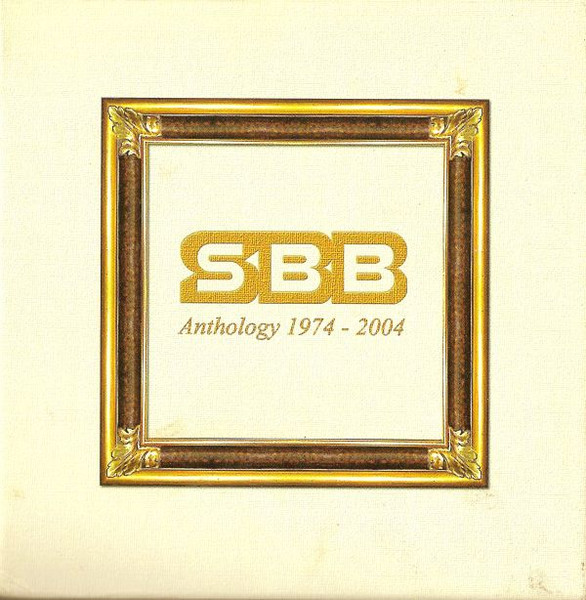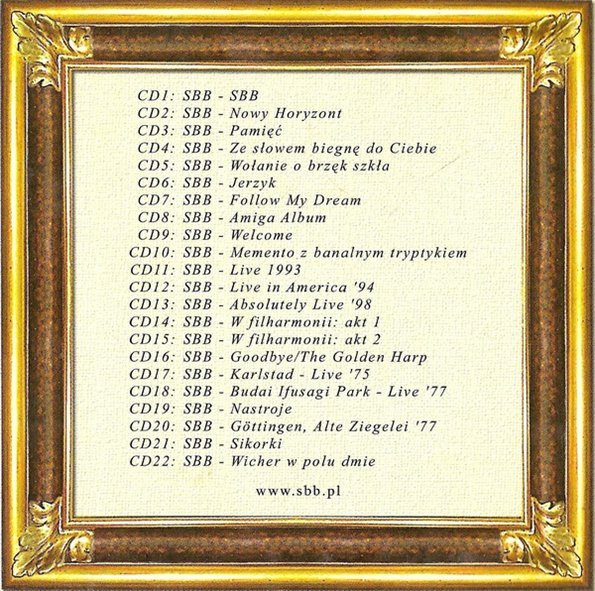Ravn (Peter Gantzler), the owner of an IT company, hires a jobless actor Kristoffer (Jens Albinus) to play the company’s fictitious president, “The Boss of It All”, hitherto residing in America. The trouble is, Ravn told his colleagues different things about The Boss. Desperately trying to grasp the situation, Kristoffer periodically asks for Ravn’s consultation on “neutral ground”, always different but invariably ridiculous: a garden centre (where Ravn is actually shopping for some garden statues!), merry-go-round, a cinema (screening Tarkovsky’s Зеркало), a zoo...
Of course I got intrigued by the oft-mentioned dramatist Gambini, the idol of Kristoffer. My search came to an abrupt end when I came across the interview with Lars von Trier where the director confessed that he made him up:
I was on my way back from Cannes and I saw a big truck filled with food and it said Gambini – and I thought why not.
A thoroughly Danish comedy, to which a couple of Icelanders — the Dane-hating Funnur (Friðrik Þór Friðriksson) and his deadpan interpreter (Benedikt Erlingsson) — add even more hilarity.


















